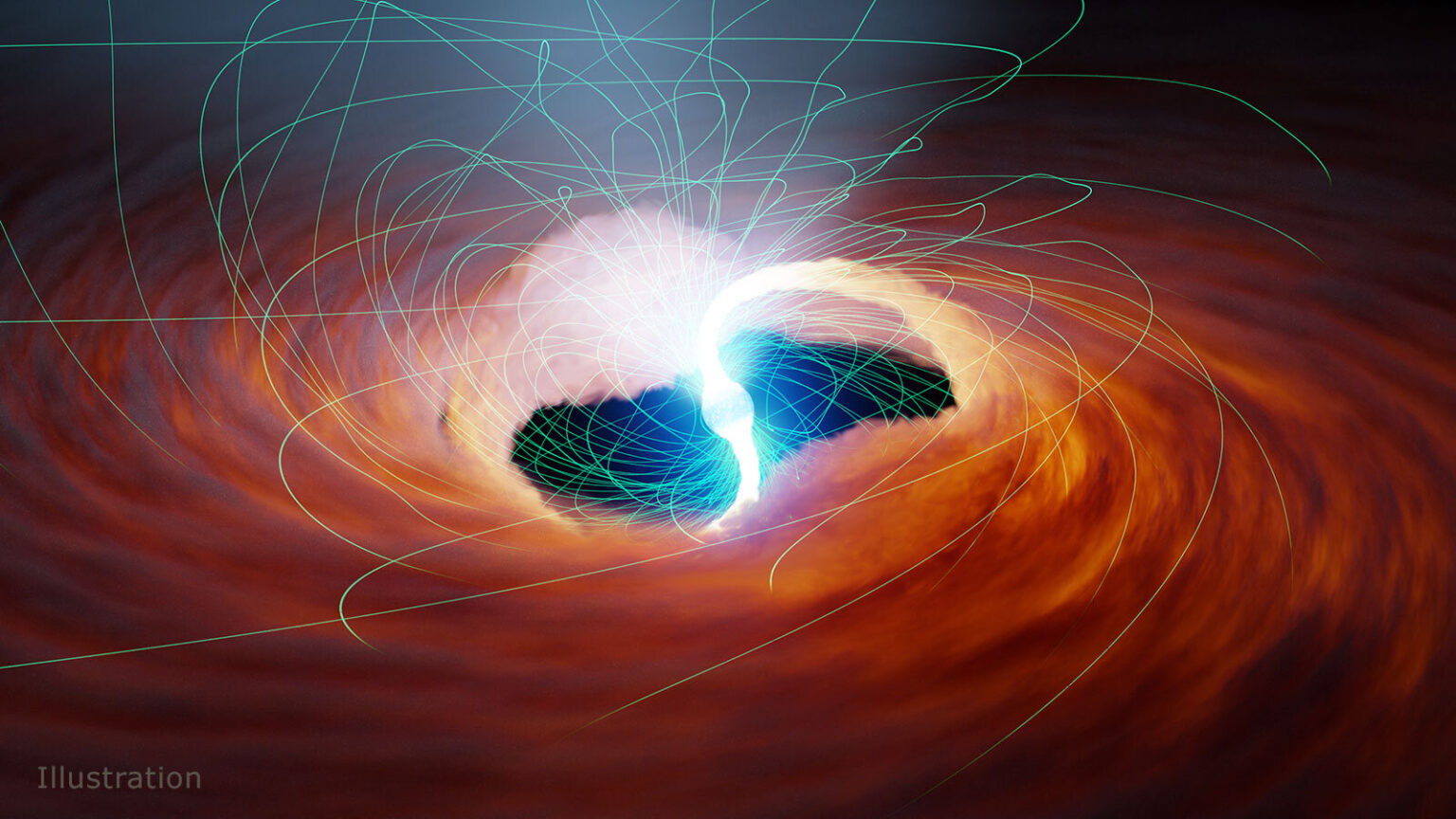Scientists confirm that the so-called ultra-luminous X-ray sources actually emit more light than physics allows. Their radiation exceeds the Eddington limit, and this should lead to the destruction of these objects.

Mysterious sources of radiation
In a recently published article, scientists working with NASA’s Nuclear Spectroscopic Telescope Array (NuSTAR) talked about their studies of so-called ultra-luminoust X-ray sources (ULX).
These mysterious objects have been surprising scientists for some time. The fact is that their brightness, that is, the amount of energy emitted by one square meter of the surface, exceeds the so-called Eddington limit. This is the value at which the radiation pressure exceeds gravity. If you cross it, then the body should just fall apart into pieces.
Previously, it was believed that ULX were black holes. In this case, the source of incredibly intense X-ray radiation should be a substance that falls on them and warms up at the same time.
But in 2014, NuSTAR was sent to ULX under the name M82 X-2. And they discovered that it is not a black hole, but a neutron star. The energy of falling on it, even small volumes of matter, should exceed the explosion of an atomic bomb. Scientists decide to check how much gas actually falls on it.
How to exceed the Eddington limit
A new study of M82 X-2 confirmed earlier conclusions about the energy released when matter fell on a neutron star. Moreover, scientists have estimated the amount of gas that it annually “steals” in a neighboring star. It turns out that its mass is 9 billion trillion tons per year, which is about 1.5 times the mass of the Earth.
This means that this ULX really emits a lot of energy and the Eddington limit in its case is exceeded by 100-500 times. That is, the neutron star should have been torn to pieces long ago, but this has not yet happened.
Now scientists plan to look at other ULX and make sure that the same pattern is observed on them. This will help them understand which theory to choose to explain the abnormal behavior of these objects.
There are two of them now. The first assumes that strong winds form a hollow cone around the light source, concentrating most of the radiation in one direction. If you point the cone directly at the Earth, it can create something like an optical illusion, giving the false impression that ULX exceeds the brightness limit.
The second is that strong magnetic fields change the shape of atoms falling on a neutron star. They are extracted and therefore are able to reflect some of the energy so that they continue to fall. Thus, the Eddington limit can be “pushed back”.
According to phys.org
Follow us on Twitter to get the most interesting space news in time
https://twitter.com/ust_magazine

